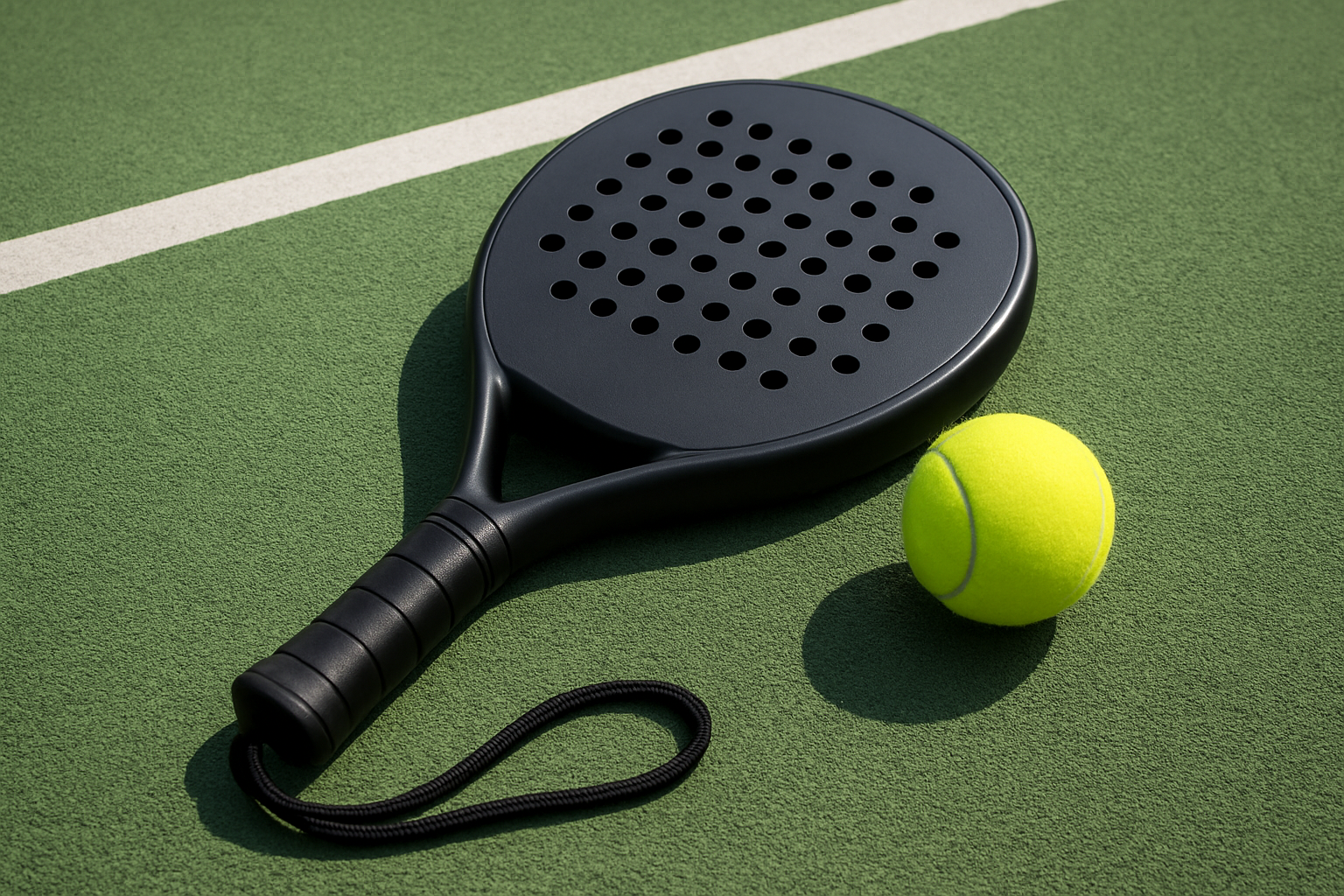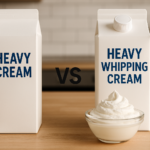A tennis paddle is more than just a piece of equipment — it’s the direct connection between a player and the game. Whether you’re a beginner learning your first serves or an experienced player fine-tuning your control, the tennis paddle plays a key role in every shot, rally, and point.
Often overlooked compared to other aspects of the sport, the tennis paddle can significantly influence your power, accuracy, comfort, and overall enjoyment on the court. The right paddle complements your natural swing and enhances your style, while the wrong one can limit your performance or even lead to strain and fatigue.
Understanding how a tennis paddle works, what makes one high-quality, and how to choose the right type for your needs can transform the way you play. In this article, we’ll explore everything you need to know — from design and materials to grip size, balance, and proper care — so you can make an informed decision and find the paddle that brings out your best game.
The Basics: What a Tennis Paddle Is and How It Differs from a Racket
While the terms “paddle” and “racket” are sometimes used interchangeably, there’s an important distinction between them. A tennis paddle is typically used in paddle tennis or platform tennis, sports closely related to traditional tennis but played with slightly different rules, courts, and equipment.
A tennis paddle has a solid surface with small holes drilled into it, unlike a traditional tennis racket, which has a stringed face. This difference changes how the ball contacts the hitting surface. The paddle offers a more controlled feel, reducing vibration and allowing players to place shots with precision.
The design also makes the tennis paddle more durable and easier to handle, particularly for beginners or players who prefer a compact, balanced feel. Because the paddle’s surface doesn’t rely on tensioned strings, it delivers consistent performance over time and requires less frequent maintenance.
In short, while a tennis racket emphasizes power and spin through strings, a tennis paddle focuses on control, comfort, and playability — qualities that many players appreciate for both recreational and competitive play.
Key Features That Define a Quality Tennis Paddle
Not all tennis paddles are created equal. The difference between a budget-friendly option and a professional-grade paddle often comes down to the fine details — how it’s built, balanced, and finished.
A high-quality tennis paddle combines comfort, control, and responsiveness. The paddle’s surface texture, hole pattern, edge protection, and handle design all work together to create a seamless experience for the player.
The sweet spot — the optimal area for striking the ball — is another defining factor. Premium paddles have a well-engineered sweet spot that enhances both accuracy and forgiveness, allowing even off-center hits to travel with stability.
Durability is also a key feature. A quality tennis paddle is designed to withstand repeated impacts, temperature changes, and outdoor elements. Manufacturers use materials that resist cracking and warping, ensuring consistent performance across many games.
In essence, the best tennis paddles feel like an extension of your arm — light enough to maneuver easily but solid enough to deliver reliable contact and power when you need it.
Materials and Construction: How They Impact Power, Control, and Feel?
The material composition of a tennis paddle directly affects how it performs. Modern paddles are engineered from a blend of advanced materials to achieve the right balance between power and precision.
Composite paddles, for example, combine fiberglass, carbon fiber, and polymer cores to enhance responsiveness and reduce vibration. Fiberglass surfaces offer excellent ball control and a softer feel, while carbon fiber paddles provide added stiffness and power, making them ideal for more aggressive players.
The core material — often made of polymer honeycomb or foam — also plays a significant role. A softer core gives better shock absorption and control, while a denser core produces more power and faster ball rebound.
Weight distribution is another critical factor. Paddles with more weight in the head generate greater force behind the ball, whereas evenly balanced paddles allow for quicker wrist action and finesse shots.
The overall construction of the paddle is designed to suit different playing preferences. For example, some paddles feature textured surfaces to increase spin potential, while others prioritize smooth finishes for consistent control.
Ultimately, the choice of materials and construction determines how the paddle feels in your hand — whether it’s soft and forgiving or firm and powerful. Understanding this balance helps players match their equipment to their natural style and performance goals.
Choosing the Right Tennis Paddle for Your Playing Style
Selecting the perfect tennis paddle depends on how you like to play. Your playing style, experience level, and physical comfort all influence what type of paddle will feel right.
If you’re a beginner, look for a paddle that offers lightweight balance and a larger sweet spot. These paddles make it easier to control shots and build confidence as you develop your technique.
Intermediate and advanced players often prefer paddles with more precise balance and material stiffness. These allow for powerful drives, spin control, and nuanced touch shots near the net.
You’re playing style also determines the paddle characteristics you should prioritize:
- Aggressive players benefit from paddles with firmer faces and heavier frames for added momentum.
- Control-oriented players should choose softer-core paddles with excellent touch and maneuverability.
- All-round players may prefer balanced paddles that provide both control and pop.
Trying out a few paddles before buying can make a huge difference. The paddle that feels most natural in your hand is likely the one that will enhance your performance the most.
Grip Size, Weight, and Balance: Small Details That Make a Big Difference
Even small differences in grip, weight, or balance can have a major impact on comfort and performance.
The grip size determines how securely you hold the paddle. A grip that’s too large can restrict movement, while one that’s too small may cause instability or hand fatigue. Most players find that a slightly snug fit allows for both comfort and control, especially during quick exchanges.
Weight influences how easily you can maneuver the paddle. Lighter paddles (around 340–370 grams) offer faster swings and less strain on the arm, making them ideal for beginners or defensive players. Heavier paddles (380–400 grams or more) provide added stability and power for offensive strokes.
Balance — whether the paddle’s weight leans toward the head or handle — affects shot dynamics. Head-heavy paddles produce deeper, stronger hits, while head-light paddles allow faster reaction times and smoother volleys.
Finding your ideal combination of grip size, weight, and balance ensures not only better performance but also long-term comfort, preventing injuries like tennis elbow or wrist strain.
Tennis Paddle Care and Maintenance for Long-Lasting Performance
Proper care can significantly extend the life of your tennis paddle. While paddles are built to endure impact, neglecting maintenance can lead to reduced performance over time.
Always store your paddle in a cool, dry place to prevent warping or material breakdown. Avoid leaving it in hot cars or damp environments, as extreme temperatures can affect the paddle’s surface and core.
Wipe the surface regularly with a soft cloth to remove dirt, sweat, and debris. For deeper cleaning, use mild soap and water, avoiding harsh chemicals that can damage coatings or textures.
If your paddle has edge protection, check it occasionally for cracks or looseness. Replacing or repairing the edge guard when needed helps preserve the paddle’s structure and playability.
You should also inspect the grip periodically. Over time, grips can wear out or lose their tackiness, leading to slippage during play. Rewrapping or replacing the grip not only restores comfort but also improves control and safety.
With these simple habits, your tennis paddle can deliver reliable performance season after season.
Common Mistakes to Avoid When Buying or Using a Tennis Paddle
Many players make preventable mistakes when purchasing or using a tennis paddle. One common error is choosing a paddle based solely on brand or appearance rather than suitability. The best paddle isn’t always the most expensive one — it’s the one that fits your playing needs.
Another frequent mistake is ignoring grip size and weight. Even a high-quality paddle can feel awkward or lead to injury if it doesn’t match your hand or swing mechanics.
Using a worn-out or damaged paddle is another pitfall. Over time, even durable paddles can lose their performance qualities. Continuing to play with one may affect your control and technique.
Some players also overlook maintenance and storage, leading to premature wear. Taking care of your paddle ensures it continues performing as intended.
Lastly, avoid copying someone else’s setup just because it works for them. Each player’s strength, swing speed, and comfort level are unique. Testing different paddles before committing is always the smarter approach.
How Your Tennis Paddle Affects Technique and Game Strategy?
Your tennis paddle doesn’t just influence comfort — it can shape your entire strategy. The paddle’s characteristics determine how you execute shots, position yourself, and respond to your opponent.
For instance, a lighter paddle enables quick reactions and fast net play, ideal for defensive or counter-attacking players. In contrast, a heavier paddle supports aggressive baseline rallies and powerful serves.
Control-oriented paddles enhance precision and shot placement, helping you exploit angles and outmaneuver opponents. Power-focused paddles boost shot depth and speed, putting pressure on rivals to stay back.
Grip and texture also affect spin potential, allowing players to vary their shots for unpredictability. A textured surface can help add topspin or slice, while a smoother paddle favors flat, consistent hits.
Understanding how your paddle complements your natural technique allows you to refine your approach. It’s not just about striking the ball — it’s about using your paddle as a tool for smarter, more strategic play.
Conclusion – Finding the Perfect Tennis Paddle for Your Best Game Yet
A tennis paddle may seem simple, but it’s one of the most personal and influential choices a player can make. The right paddle enhances your control, comfort, and confidence, turning every match into an opportunity to improve your skills and enjoy the sport more deeply.
By understanding how materials, grip, weight, and balance shape performance, you can choose a paddle that matches your unique playing style. Remember to maintain it with care, avoid common mistakes, and always focus on what feels natural in your hand.
In the end, the perfect tennis paddle isn’t just about specifications — it’s about connection. When your paddle feels like an effortless extension of your arm, every serve, volley, and rally becomes smoother, more accurate, and more rewarding.
So take your time, test your options, and trust your instincts. With the right tennis paddle, you’re not just playing better tennis — you’re unlocking your full potential on the court.
My name is Mustafa, and I have been blogging for over 5 years. I am passionate about sharing complete, accurate, and helpful information with my readers. Along with managing content on The Matcha Read, I also contribute blog posts to premium websites. My goal is to provide valuable insights in a clear and easy-to-understand way, so every reader walks away with useful knowledge.










